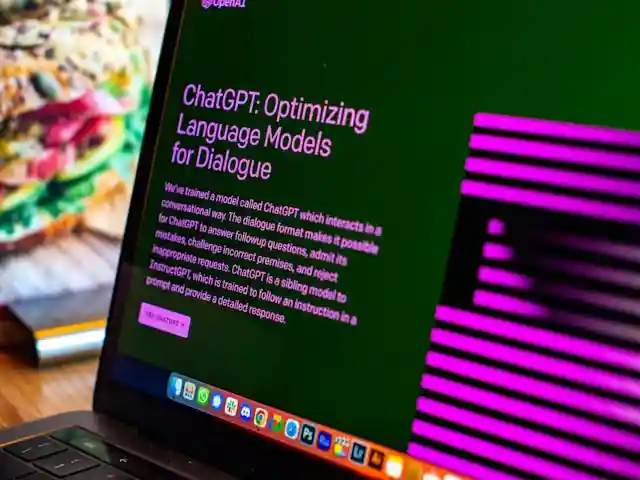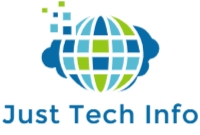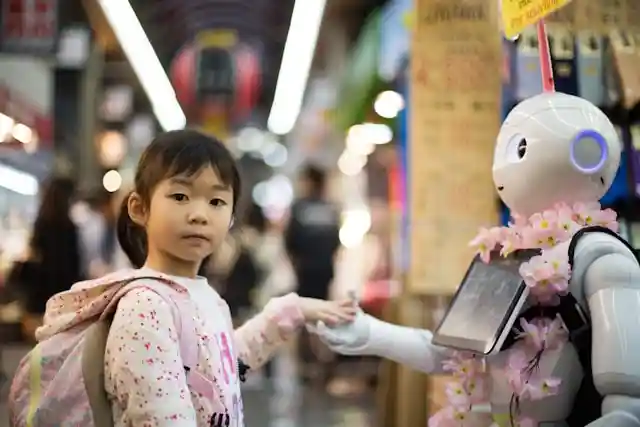Artificial intelligence (AI) is changing several industries, including education. There are several opportunities and obstacles associated with integrating AI into education, which will influence how learning is done in the future. In order to guarantee efficient and fair implementation, this article examines the ways in which artificial intelligence (AI) can improve educational experiences, as well as the possible advantages and obstacles that must be overcome.
Future of AI in Education: Opportunities and Innovations
1. Personalized Learning
The capacity of AI to provide personalised learning experiences is one of the biggest benefits for education. AI systems have the ability to assess each student’s preferences, learning styles, and areas of strength and weakness to design individualised learning programmes. This can help in addressing the unique needs of each student, thereby improving their learning outcomes.

For example, AI-powered platforms like DreamBox and Knewton provide adaptive learning experiences that adjust the difficulty of tasks based on the learner’s performance. This ensures that students are neither bored with content that is too easy nor overwhelmed by content that is too challenging.
2. Intelligent Tutoring Systems
Artificial Intelligence can serve as a smart tutor, providing individualised one-on-one lessons based on the student’s comprehension level and pace. These technologies mimic a human teacher by offering immediate feedback and assistance through machine learning and natural language processing.
One notable example is Carnegie Learning’s MATHia, an AI-driven math tutoring system that helps students master mathematical concepts through personalized instruction and practice.
3. Automating Administrative Tasks
Instructors dedicate a large portion of their time to administrative duties like maintaining student data, assigning grades, and setting up classroom supplies. Teachers may devote more of their attention to instruction and student engagement by using AI to automate these chores.
AI-powered tools like Gradescope use machine learning to assist with grading, providing faster and more consistent evaluations. Additionally, AI can help with scheduling, communication, and other administrative tasks, reducing the overall workload on educators.
4. Enhancing Accessibility
Artificial Intelligence has the potential to significantly improve educational accessibility for students with disabilities. For example, text-to-speech technology can help students with visual impairments, and AI-powered tools can offer real-time transcription services for deaf and hard-of-hearing students.
Microsoft’s Seeing AI app is an excellent example of how AI can assist visually impaired students by narrating the world around them through their smartphones.
5. Data-Driven Insights
AI can analyze vast amounts of educational data to provide insights that can improve teaching strategies and student outcomes. By identifying patterns and trends, AI can help educators understand which teaching methods are most effective and which areas need improvement.
For instance, AI-driven analytics platforms like BrightBytes provide educators with actionable insights into student performance and engagement, helping them make data-informed decisions.
Challenges in AI-Driven Education
1. Data Privacy and Security
The volume of student data being gathered is expanding rapidly in tandem with the growing usage of AI in education. Regarding data security and privacy, this presents serious issues. It is critical to make sure that student data is shielded from errors and abuse.
Educational institutions and technology providers must adhere to strict data privacy regulations and implement robust security measures to safeguard student information.
2. Equity and Access
AI could revolutionise education, but there’s also a chance that it could make inequality already present worse. It’s possible that less fortunate students won’t have as much access to resources and technology as others do to take advantage of schooling powered by AI.
To address this challenge, policymakers and educational leaders must ensure that AI tools and resources are accessible to all students, regardless of their socioeconomic status.
3. Teacher Training and Professional Development
The successful implementation of AI in education requires teachers to be adequately trained in using AI tools and integrating them into their teaching practices. However, many educators may lack the necessary skills and knowledge to leverage AI effectively.

Investing in professional development and training programs is crucial to help teachers understand how to use AI to enhance their instruction and support student learning.
4. Ethical Considerations
The use of AI in education brings up a number of ethical issues, such as the possibility of bias in AI algorithms, the openness of AI decision-making procedures, and the effect on the agency and autonomy of students.
Ensuring that AI systems are designed and implemented ethically requires collaboration between educators, technologists, policymakers, and ethicists. This involves creating guidelines and standards for the ethical use of AI in education and continuously monitoring and evaluating its impact.
5. Dependence on Technology
There is a risk of growing unduly reliant on technology, even though AI can complement and improve education in meaningful ways. The formation of meaningful relationships and social-emotional growth depend on striking a balance between using AI tools and preserving the human element of instruction.
Conclusion
The future of AI in education holds immense promise, offering opportunities to personalize learning, enhance accessibility, and improve educational outcomes. However, realizing these benefits requires addressing several challenges, including data privacy, equity, teacher training, ethical considerations, and maintaining a balanced approach to technology integration.
By navigating these challenges thoughtfully and collaboratively, educators and policymakers can harness the power of AI to create more effective, inclusive, and engaging learning environments for all students. As we move forward, it is essential to continue exploring and evaluating the impact of AI on education to ensure that it serves as a tool for empowerment and positive change.
Read also “How is AI Transforming the Service Experience for Customers?“






